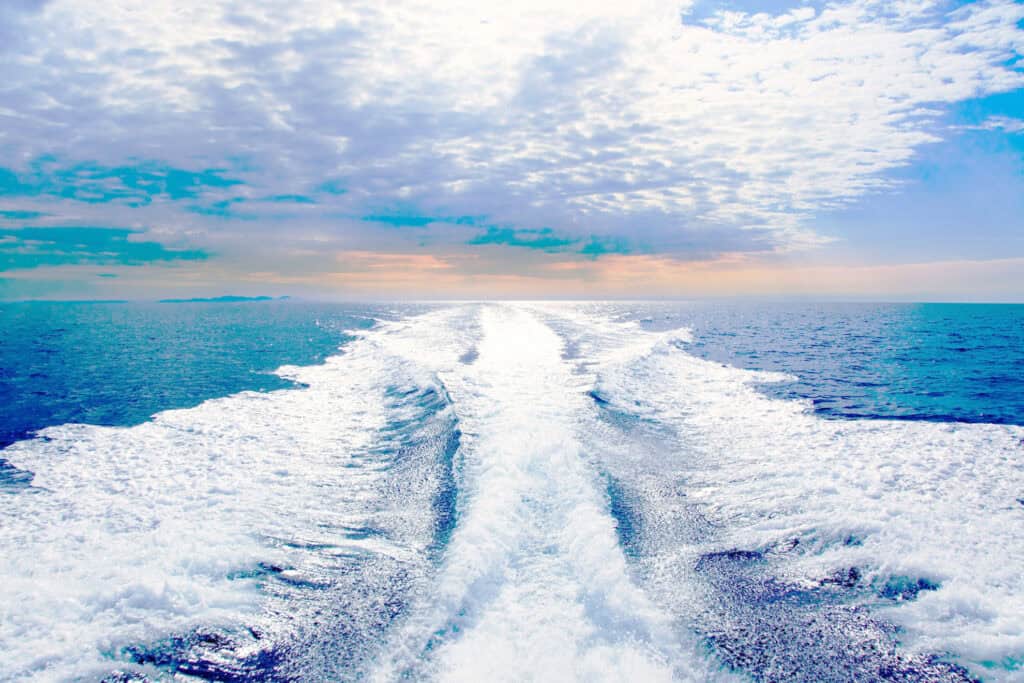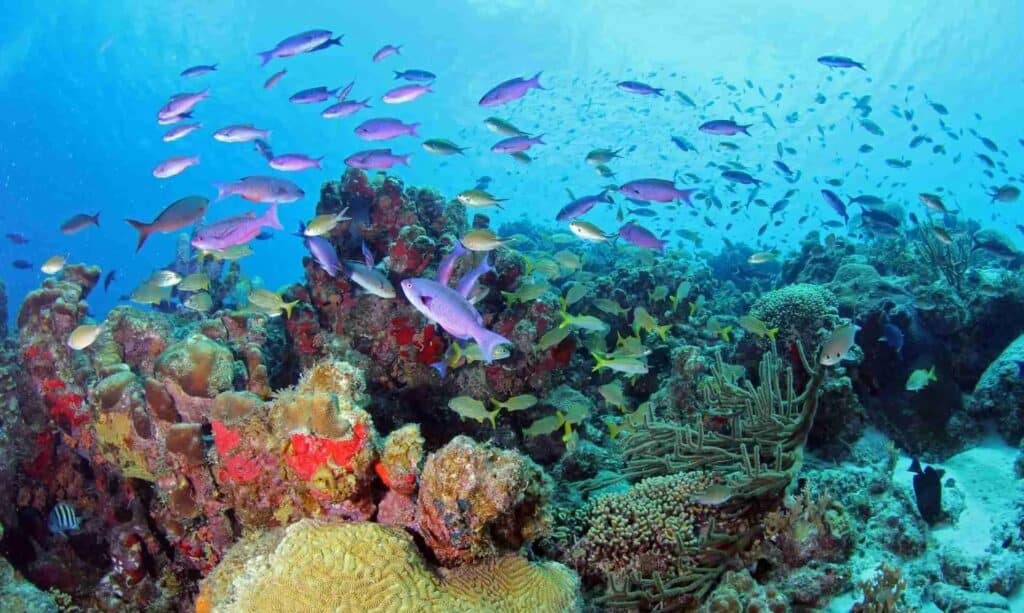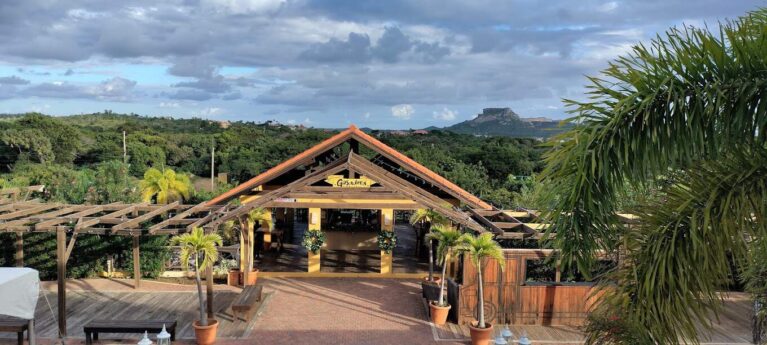
Which country has the safest tap water in the world?
Which country has the safest tap water in the world?
Have you ever wondered which nation’s tap produces the cleanest, most reliable drinking water on Earth? Understanding global water quality helps you appreciate what safe water access means and how different regions manage their precious water resources.
What you need to know about global water safety
Switzerland consistently ranks as having the world’s safest tap water, thanks to pristine natural conditions and rigorous water treatment systems. The country benefits from protected water sources fed by Alpine snow cover and natural springs, combined with strict regulations that exceed World Health Organization standards. Other top performers include Norway, Iceland, and New Zealand, where minimal industrial pollution and excellent water management create exceptional water quality.
These nations maintain advanced distribution systems that prevent contamination between treatment plants and your faucet. Regular testing for mineral content, microbial threats, and chemical residues ensures clean drinking water reaches every home. The Environmental Performance Index from Yale University tracks these metrics globally, showing how effective water utilities and wastewater treatment infrastructure protect public health. While many travelers automatically reach for bottled water abroad, understanding which countries have earned trust through transparent water quality monitoring can change your hydration habits.
Contrast this with regions lacking proper sanitation service infrastructure, where waterborne diseases remain a serious threat. Access to safe water isn’t just about convenience—it’s a fundamental element of environmental health and quality of life that varies dramatically across borders.

Luxury car rentals in Curaçao
Experience transparent pricing and exceptional service with Rent Car Curaçao. Choose from luxury vehicles elevate your Curaçao adventure.
How water safety varies around the globe
When you travel internationally, understanding regional differences in water supply infrastructure helps you make informed decisions about hydration. Countries achieve varying levels of water safety based on their water resources, treatment technology, and investment in public health systems.
Nations leading in water quality standards
Nordic nations like Norway and Iceland benefit from abundant natural surface waters fed by pristine glaciers and minimal agricultural runoff. Their sparse populations and strict waste management regulations prevent the contamination that plagues more densely populated regions. New Zealand similarly maintains exceptional standards through protected watersheds and advanced monitoring systems. These countries demonstrate how geographic advantages combined with responsible environmental stewardship create reliable access to clean water for all residents.
European water excellence
European countries have invested heavily in modernizing their water treatment plants and establishing rigorous testing protocols. Alpine tap water sourced from mountain springs in Austria and Switzerland contains beneficial natural mineral content while remaining free from harmful contaminants. Cities like New York City demonstrate that urban centers can also deliver exceptional quality when they protect source watersheds, though this American example shows success extends beyond Europe. Scotland’s water drawn from Loch Katrine has supplied Glasgow for over 150 years with minimal treatment needed due to careful land management around the reservoir.
Measuring safety through health outcomes
The Global Burden of Disease Collaborative Network tracks water-related illness using the DALY rate, measuring disability-adjusted life-years lost to contaminated water. Countries with the safest supplies show dramatically lower rates of diarrhoeal diseases and other waterborne diseases. This data reveals how effective water purification technology and comprehensive sanitation service infrastructure directly protect populations. Nations struggle where access to an improved water source remains limited, creating health disparities that organizations like the United Nations address through initiatives promoted on World Water Day.
Treatment technologies that ensure safety
Advanced systems employ multiple barriers including UV treatment to eliminate pathogens, chemical treatments for disinfection, and specialized reverse osmosis systems where needed. Modern water utilities use water filters designed to remove everything from sediment to pharmaceutical and personal care products that conventional treatment might miss. Some volcanic island nations naturally filter through volcanic sediment, though they still require careful monitoring. The sophistication of water treatment systems separates nations where you can confidently drink from the tap from those where water purification tablets or bottled water become necessities for travelers.
Challenges facing developing regions
Many countries lack adequate water facilities and struggle with industrial pollution contaminating their limited water sources. Poor waterwaste management allows sewage to mix with drinking supplies, causing illnesses travelers know by colloquial names like Bali Belly or Rangoon Runs. These regions face economic burdens investing in infrastructure while addressing immediate health crises. Limited educational opportunities about hygiene compound problems, and collecting water from distant sources creates gender inequalities when women and girls spend hours daily on this task rather than attending school or employment.
Which country has the safest tap water in the world? - FAQ
What role does climate change mitigation play in protecting water supplies?
Climate change mitigation efforts help preserve the snow cover and glacial melt that feed many nations’ water sources. Countries investing in environmental protection maintain more stable aquatic ecosystem health, preventing temperature-driven algae blooms and ensuring consistent flow from natural springs. Switzerland and Nordic nations demonstrate how aggressive climate change mitigation policies protect the pristine conditions that make their tap water exceptionally safe. As global temperatures rise, nations with forward-thinking environmental policies will better maintain their water quality advantages over regions facing increased drought and contamination challenges.
How do ISO water quality certificates help consumers trust their tap water?
An ISO water quality certificate provides independent verification that a nation’s water utilities meet internationally recognized standards for testing and safety protocols. These certifications require regular audits of water treatment plants, distribution system integrity, and compliance with health guidelines. Countries displaying ISO certification demonstrate commitment to transparency and accountability in their water management practices. This third-party validation helps travelers and residents alike trust that published safety claims reflect actual conditions, making ISO certification a valuable indicator when comparing global access to reliable drinking water across different destinations.
What does a UNESCO survey reveal about worldwide water access?
A UNESCO survey examining global access to safe drinking water reveals stark disparities between developed and developing nations. The research tracks which populations have reliable connections to an improved water source versus those relying on unprotected wells or surface waters. The survey data informs United Nations initiatives promoting World Water Day awareness and guides investment in regions where inadequate water facilities create preventable health crises. This comprehensive assessment helps governments prioritize infrastructure improvements and measure progress toward universal access to clean water, highlighting both success stories and areas requiring urgent intervention.
How do companies like QS Supplies contribute to water safety awareness?
QS Supplies, a bathroom and plumbing industry analyst, conducts independent research ranking countries by tap water safety, helping consumers understand regional differences. Their results overview compiles data from health organizations, government reports, and the Environmental Performance Index to create accessible comparisons for travelers and residents. By translating technical water quality metrics into understandable rankings, companies providing this analysis raise public awareness about what constitutes safe drinking water. Their research often highlights unexpected leaders and laggards, prompting discussions about infrastructure investment and environmental health priorities that ultimately pressure governments to improve their water treatment systems.
What protection does the Safe Drinking Water Act provide?
The Safe Drinking Water Act in the United States establishes federal standards regulating contaminants in public water systems, setting maximum allowable levels for dozens of substances. This legislation requires regular testing, public reporting of violations, and enforcement mechanisms protecting public health. While America doesn’t consistently rank among the world’s top water quality leaders, the Act provides a regulatory framework that many states and cities use to deliver excellent tap water. The law demonstrates how comprehensive legislation combined with adequate funding for water utilities and water treatment plants can protect populations from waterborne diseases and maintain consumer confidence in municipal supplies.
Why do publications like Food & Wine cover tap water quality?
Travel-focused publications such as Food & Wine recognize that water safety dramatically affects visitor experiences and dining quality. Their coverage educates travelers about which destinations allow worry-free hydration directly from taps versus locations requiring bottled water or treating water with purification methods. These articles often discuss how local water quality influences restaurant operations, beverage preparation, and even ice cube safety. By addressing this practical concern, lifestyle media helps readers make informed decisions about Medical Travel Insurance needs and health precautions, while also highlighting destinations where excellent tap water reflects overall infrastructure quality and commitment to visitor safety.
Should travelers purchase Medical Travel Insurance for water-related illnesses?
Medical Travel Insurance becomes essential when visiting regions with questionable water quality, as policies typically cover treatment for waterborne diseases and diarrhoeal diseases contracted abroad. Standard health insurance often excludes international care or imposes significant out-of-pocket costs. Comprehensive travel policies cover emergency treatment, prescription medications for conditions like Bali Belly, and even medical evacuation if serious complications arise from contaminated water exposure. When traveling to countries without top-tier tap water safety, insurance provides financial protection against treatment costs while ensuring access to quality customer service coordinating care, making it a worthwhile investment for health security.
What do Reddit comments reveal about real-world water experiences?
Traveler discussions on platforms provide unfiltered perspectives about tap water safety that complement official reports. Reddit comments from visitors and expatriates describe actual experiences with local water supply systems, share tips about effective water filters and water purification tablets, and warn about regions where official safety claims don’t match reality. These crowdsourced insights often mention colloquial illness terms like Rangoon Runs, discuss customer service experiences with local water utilities, and debate whether filtered water or bottled water provides better protection. While anecdotal, these authentic user experiences help travelers set realistic expectations beyond what tourism boards advertise.
How does plastic smog relate to drinking water concerns?
The term plastic smog describes widespread microplastic contamination now detected even in protected water sources and treated municipal supplies. Research reveals that microscopic plastic particles from packaging waste, synthetic textiles, and industrial processes infiltrate water treatment plants that weren’t designed to filter such tiny contaminants. While countries with the safest tap water maintain lower microplastic levels through superior waste management and waterwaste management systems, no nation has completely eliminated this modern pollutant. This emerging concern highlights how even advanced water purification technology must evolve to address new environmental threats affecting long-term environmental health and water purity.
What does treating water involve for travelers in questionable areas?
Treating water in regions with unsafe tap supplies requires multiple approaches depending on contamination risks. Water purification tablets containing chlorine dioxide or iodine kill bacteria and viruses but require 30 minutes to work and don’t remove sediment or chemical pollutants. Portable water filters with 0.2-micron pores eliminate parasites and bacteria while improving taste, though they don’t address viruses or dissolved chemicals. UV treatment devices provide rapid disinfection without altering flavor. Boiling remains the most reliable method when equipment fails. Travelers should research their destination’s specific water risks and bring appropriate purification tools rather than relying solely on bottled water.
Discover the Wonders
of Klein Curaçao
Experience the untouched beauty of Klein Curaçao, a hidden paradise with stunning beaches and rich marine life. Perfect for snorkeling, diving, or simply relaxing in the sun.
Popular subjects
Luxury car rentals in Curaçao
Experience transparent pricing and exceptional service with Rent Car Curaçao. Choose from luxury vehicles elevate your Curaçao adventure.
Subscribe to our newletter
Discover the Wonders of Klein Curaçao
Experience the untouched beauty of Klein Curaçao, a hidden paradise with stunning beaches and rich marine life. Perfect for snorkeling, diving, or simply relaxing in the sun.






